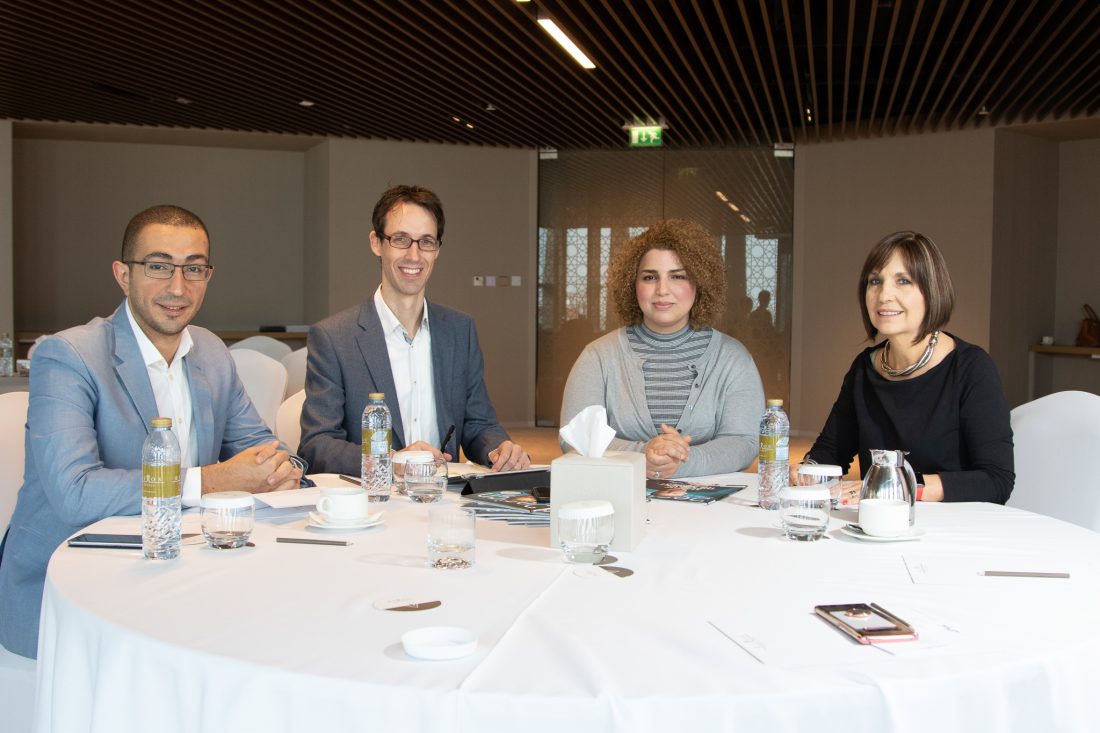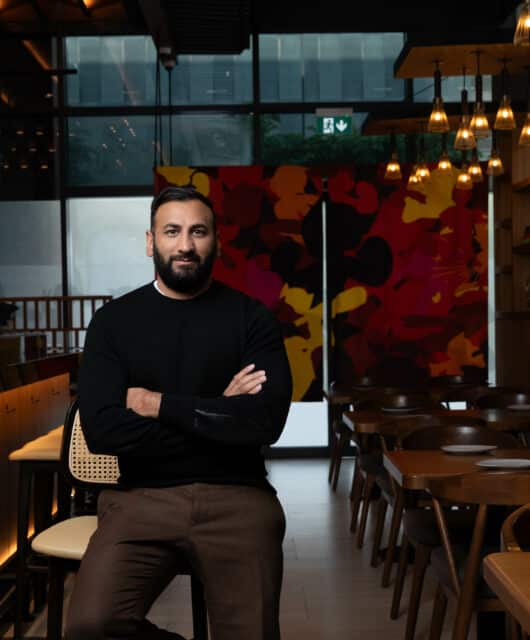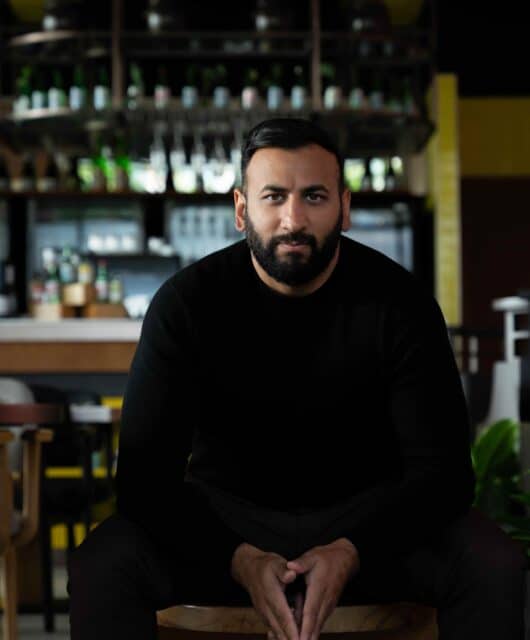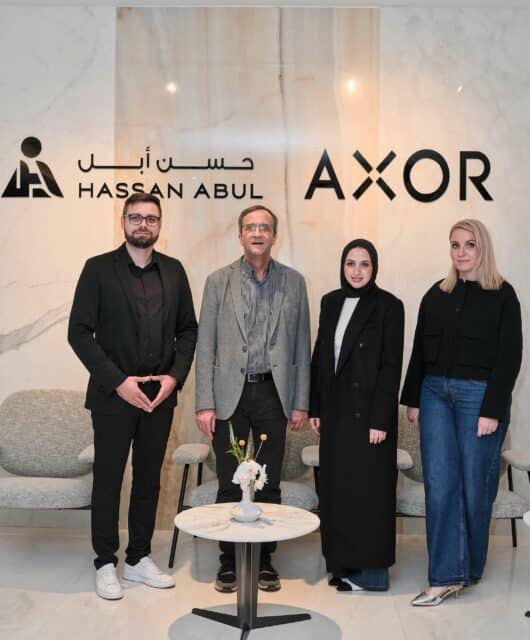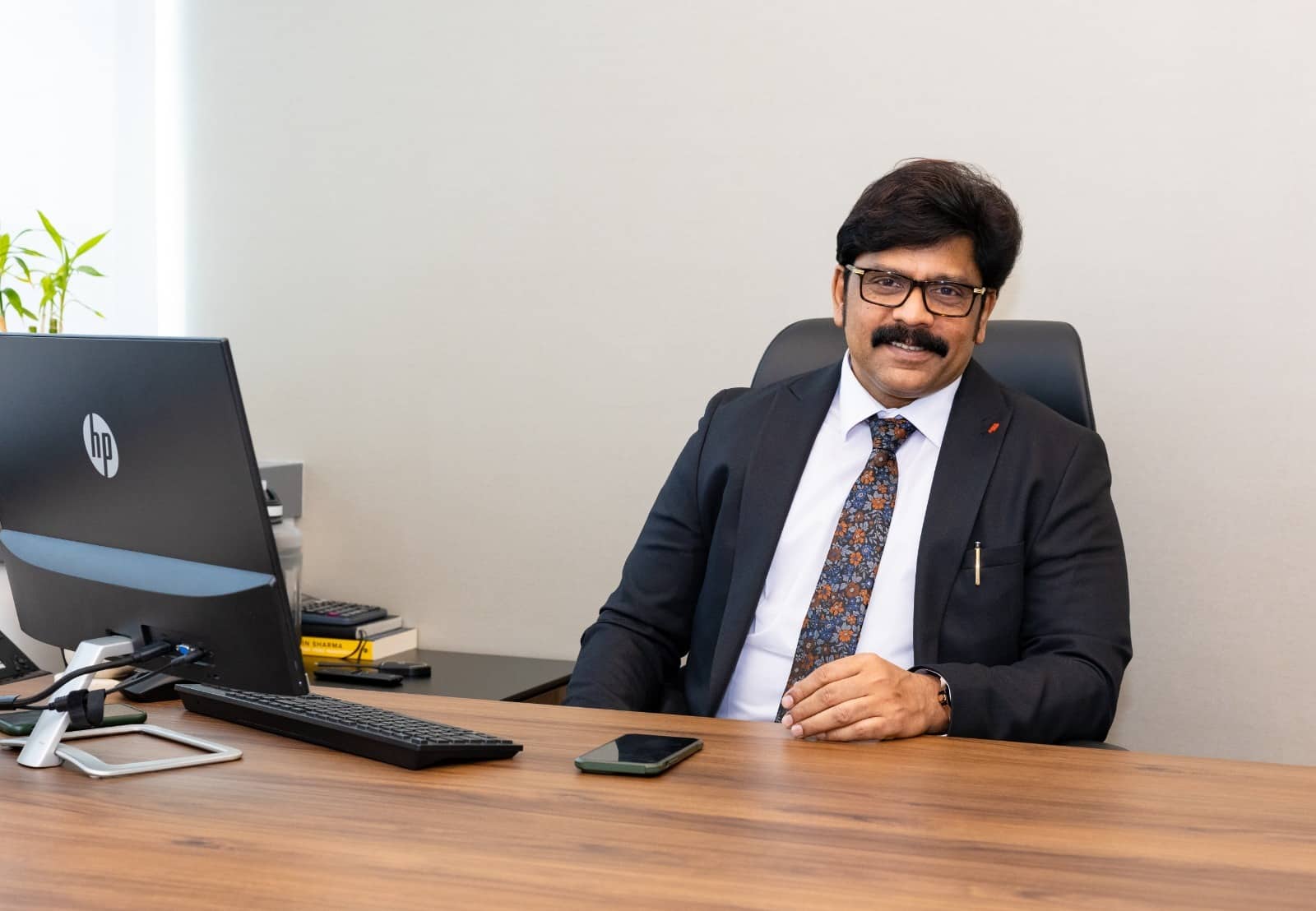The importance of health and well-being of the occupants is an increasing concern in the design space. Physical and mental well-being is not itself a property of the building; it is a state of being of the occupants who inhabit it. Design Middle East hosted an exciting session of a roundtable at Rixos Premium Dubai, The Walk, Jumeirah Beach Residence and invited the leading experts to share their views on the same.mental well-being is not itself a property of the building; it is a state of being of the occupants who inhabit it.
Meet our panellists:


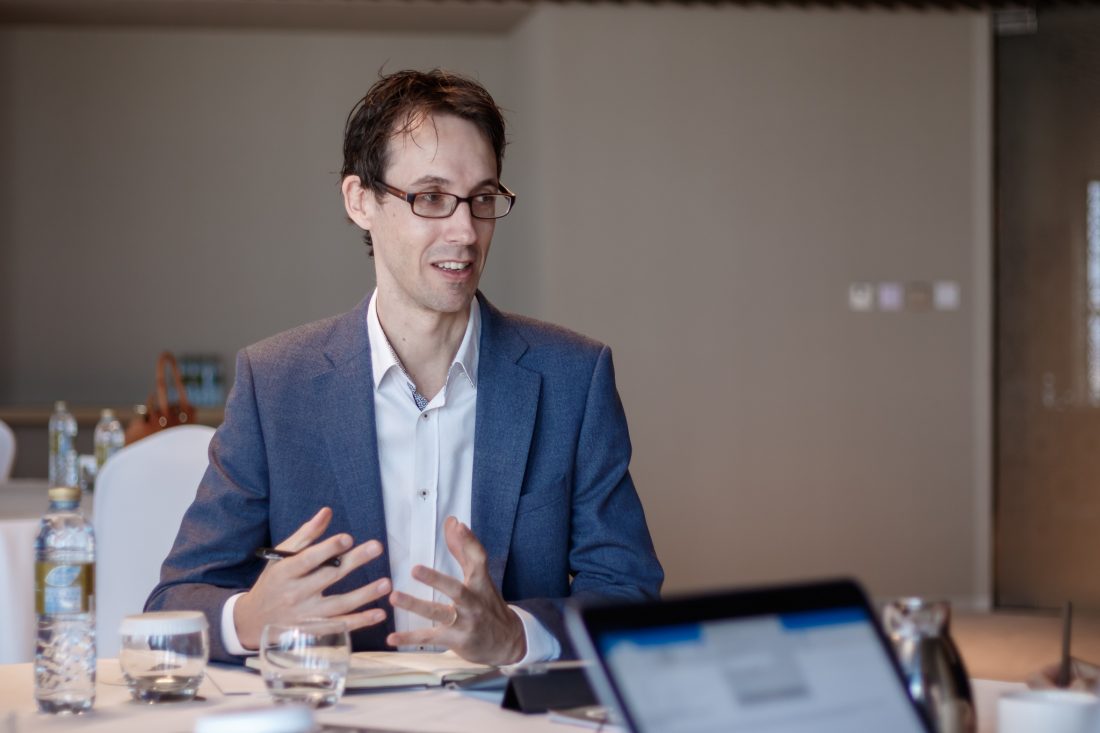
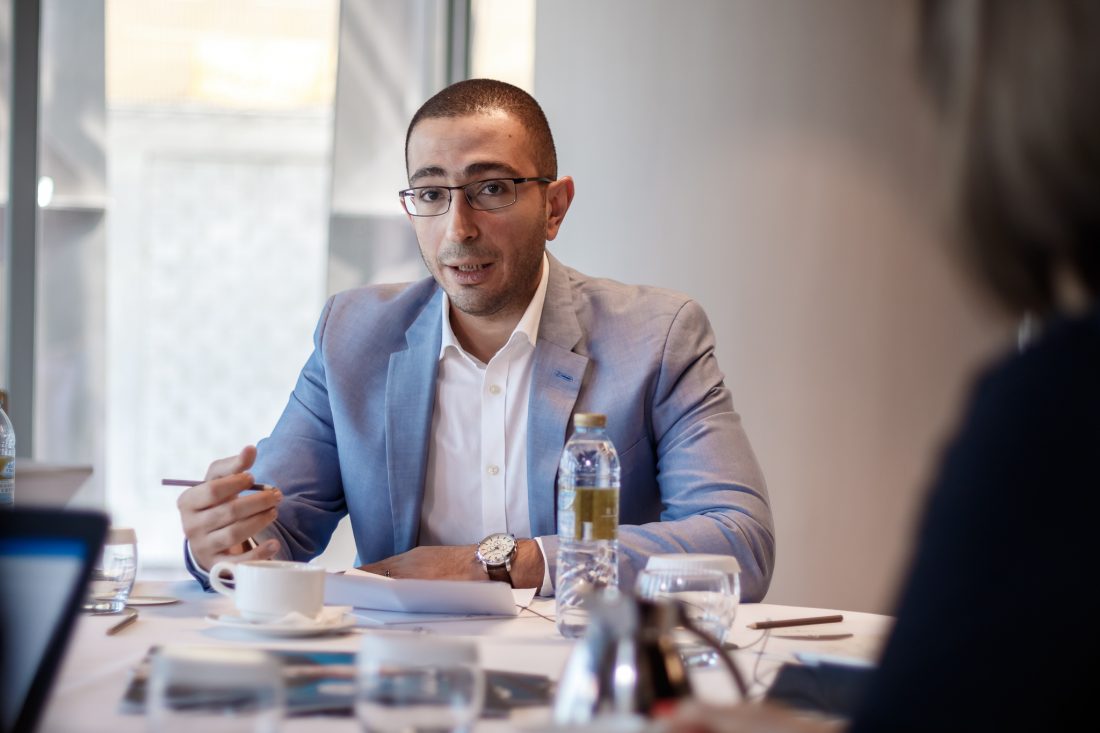
Can designers/architects bring the healthy change?
Hala: Health and well-being in the built environment is very relevant and it’s important to understand that designers, architects, engineers, facility developers, and real estate developers can promote this by taking corrective and preventive measure at the right stage of planning and development.
Diane: We can completely shape the way we respond to the buildings because we shape our buildings and then they shape the way we behave, do our business, and the way we react to spaces. I believe technology has distracted the way we work and think negatively, and I think that’s what actually is driving anti-health way of functioning and if we can change the way we function and the spaces we design, we can move forward and connect to nature. We can do it as a team of designers, architects, and clients to create an environment where we can thrive.
Neil: I think the design has no ability to actually affect’s one’s well-being, it’s people, and the organisation that has the stronger effect on wellbeing than the design itself. We overstate our position in terms of our ability to change the cultural and social norms.
Mustafa: The main role of the designers is to indicate the benefits of well-being to the client so they can move on to build spaces differently than it used to be.
What can be done?
Hala: Along with the design influences, there need to be physical, operational, environmental, and psychological shifts as well. On a macro level, we are trying to invite a lot of ministries in the GCC market and explain the benefits of health in design. This region, it’s all about what the ministries dictate, and if you have the local government’s support then you can influence. We are working from the private sector, and a major chunk of buildings are under the public sector. So, if we engage with ministries and show them the benefits of good designs that result in well-being of people, it will do wonders. I firmly believe that private leads and influences the public.
Diane: Design has the power to transform everything we do – how the businesses shape and changes culture, everything starts from here. When you walk into space, one tends to make an emotional connection. So a well-designed space actually shapes how we feel, it shapes our touch points, and it shapes our behaviour. One the other side, the spaces that are not as well-designed, a person feels threatened, uncomfortable, and distressed.
Neil: The problems we are facing in the Middle East is that interiors can change easily but if you don’t get the basics of the building right, then it’s not a good design. If you don’t create a good masterplan and site plan, then many things like good lighting, ventilation, and other important aspects can be ignored. In UAE, especially in Dubai, there is a huge amount of work that we can do like creating spaces that are more human-centric. It’s very hard to regulate the good design, regulations are good just to build the basics right. But how do we really turn some of the bad urban spaces into positive buildings? It requires a lot of study, energy, time, and investment in people. So it’s important to get the design right from the start and it makes the job lot simpler. We are too focussed on how things look like from the architectural point of view and in computing costs from Day 1. Our job is to find a balance between accommodating the number of people in a given space and taking care of their needs. Nobody minds working in a smaller space, if it was an amazing space.
Mustafa: Architects need to understand the requirement and brief from the client. They should have a clear understanding of the purpose and function of a particular building. So many aspects of well-being can be considered at this stage like vertical transportation, how will people walk through different spaces, etc,. The architect must attend to the requirements of the users, rather than dictating the building designs based on their aspirations. Architects need to showcase their own design statement but they cannot overlook the functionality of the space.
Do we need guidelines?
Hala: The guidelines like Well Building Standard, is a checklist in a way but at least you’ve got the baseline integrated into the design that reminds you to reconsider some elements that you might have missed or overlooked. Diane: Architects often overlook the connection of humans with nature. I believe biophilia is overused. A good design is all about connecting buildings, nature, people, spaces, and the cultural requirements all as one design inspiration. Designing for health is not a checklist. If we put human at the centre of the design, we will create extraordinary buildings that will shape how the users use it. Standards are good starting points but our role as architects, designers, and endusers is to really create an environment to thrive and to challenge these standards and take them beyond. Rather than, just work with them on absolute baseline.
Neil: I believe checklists are great to address many questions but how you address is what design is. For example, we moved to our office at Dubai Design District three years ago, the problem was that as creative people, we wanted our office to be a little bit messy, raw, but on the other side, clients who’re looking for us to put five-star hotels and corporate office towers, might not appreciate this kind of office experience. So we ended up making the designer frontal area, which is beautiful and posh and very different from our studio area, which is raw and creative in nature.
Mustafa: In this region, we do have healthy buildings. We are promoting wellness in the space and have hired an interior designer who is trying to bring consistency to the spaces, which we’re building in this region. At the same, we are promoting new ways of building spaces, like offices where people can meet and walk around, something that appeals to their senses. We are trying to move away from the traditional way of a cluster of workstations. Our clients are responding very positively to this new arrangement.
Putting people first!
Hala: As a consumer, take decisions wisely and do not accept what you do not want. If the landlord understands what the customers are asking for. They are more likely to build the new ones, which comply with the standards. So no longer accept the split units and ask for better filters and humidity control system. Consumer has the power to change. That’s ultimately where the influence comes from other than from the educational awareness.
Diane: There are some basic principles, which we apply to every single design that we do like hospitals, residential, or office building, and that is the fundamental of putting human at the centre. We are working on some projects that are encouraging and inspiring in the sense that clients want their staff to thrive. As a designer, it’s our responsibility to design the spaces for people to thrive, connect with each other, and that embraces the human spirit. If we can incorporate all of this, we can change our planet. All it takes is to raise the awareness and we have to make buildings that are beautiful but embrace the human spirit. There are challenges but there are extraordinary solutions as well, we are the creative people and we can completely transform this planet. Trends change, but we should be designing sustainably.
Neil: On the macro level, the government should be clearer in terms of what they want and how they want it. The big issue we are not addressing is the site planning and urban planning. From the sustainability point of view, life-work-balance, mixed-use environments, ease of transportation, etc are critical. If you get these wrong, they will fundamentally remain wrong for a long time. Dubai is still investing heavily in infrastructure; there are still massive changes that can be done. It’s much harder in other parts of the world where infrastructure is already set. So, we still have got this opportunity to make a huge change in the city.
Mustafa: For mid-size companies, it’s all about the cost of space and how many people can fit into space. People take wellness as being more expensive, ‘space efficiency’ used to be the maximum number of people that can fit in 100sqm but right now this term is changed completely. Space efficiency means reflecting back to the people using that space. It’s a never-ending debate but the human touch and a healthy approach that connects us to the nature has better chances to stand with the test of time.
As the end-users demand for healthy workplaces and buildings from the developers, the thoughtful design concepts by designers and architects, along with some push from the government in this direction will help in creating healthy spaces that can elevate the wellness and spirit of building occupants.
Watch the video:

